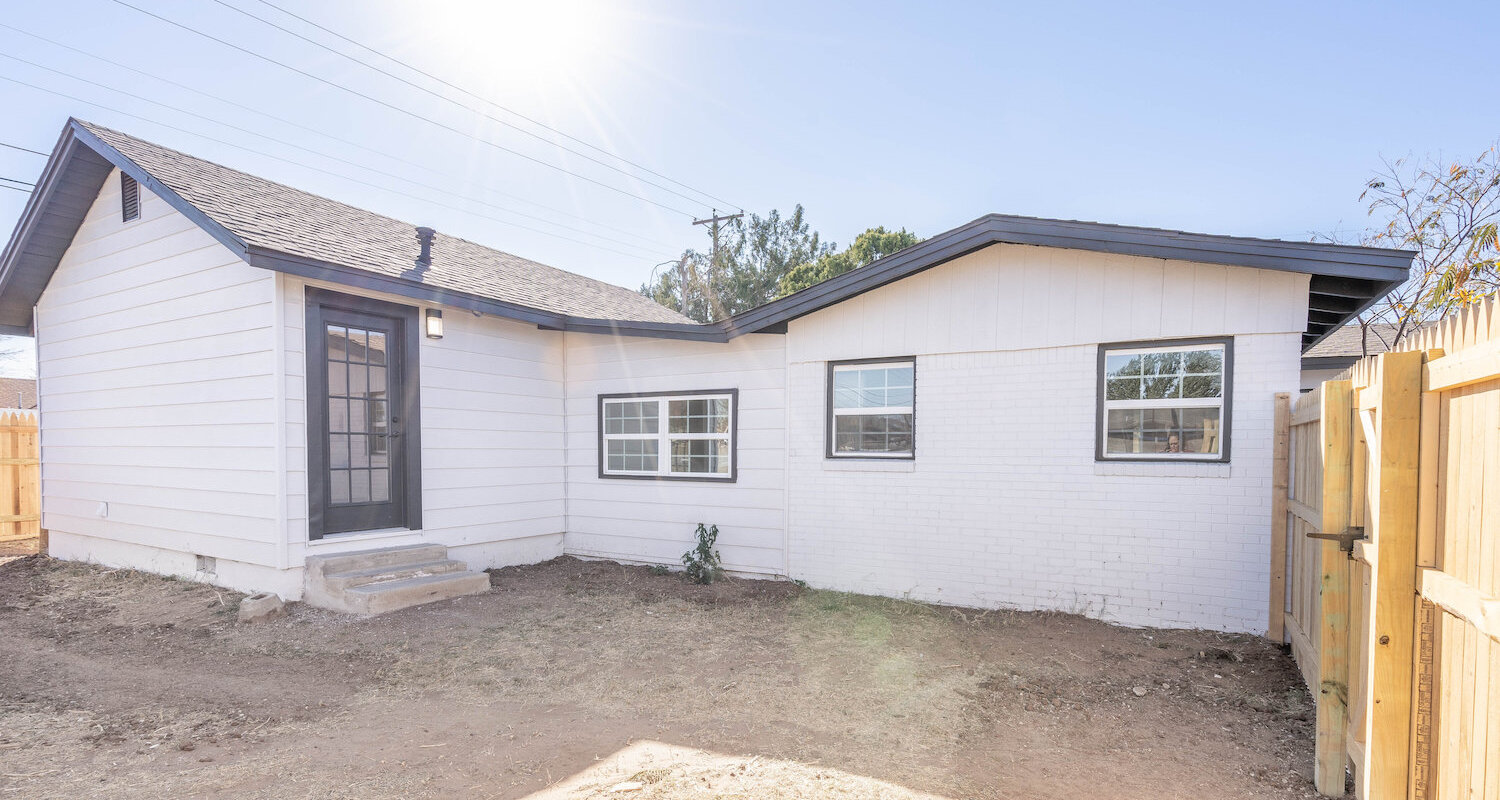In the dynamic world of real estate investment, diversification is key to building a robust and resilient portfolio. For Real Estate Investors in Midland, one effective way to achieve this is by incorporating multi-family properties into their investment strategy. Multi-family properties, which consist of two or more residential units within a single building, offer unique opportunities for rental income and long-term growth. However, like any investment, they come with their own set of challenges. This article will explore the pros and cons of investing in multi-family properties and highlight ten crucial factors to consider when purchasing these properties.
Pros and Cons of Investing in Multi-Family Properties:
Pros:
- Increased Rental Income: One of the primary benefits of investing in multi-family properties is the potential for higher rental income. With multiple tenants occupying different units, investors can generate more revenue from a single property compared to owning a single-family home. This setup allows for a more substantial and diversified income stream.
- Diversification: Multi-family properties offer investors the advantage of diversification. By spreading the risk across multiple units, the impact of a vacancy in one unit is minimized. The rental income from other occupied units can help offset any losses, making the investment more resilient to market fluctuations
- Lower Vacancy Risk: Multi-family properties generally experience lower vacancy rates than single-family homes. With the ability to house several tenants simultaneously, these properties tend to maintain a steadier occupancy rate, leading to more consistent cash flow and reducing the financial risks associated with vacancies.
Cons:
- Higher Maintenance Costs: Owning a multi-family property typically comes with increased maintenance responsibilities. With more units to manage, there’s a greater need for regular upkeep and repairs, which can lead to higher operating costs. Managing the maintenance of multiple units can be more time-consuming and expensive compared to a single-family home.
- Financing Challenges: Obtaining financing for multi-family properties can be more complicated than for single-family homes. Lenders often view these properties as a higher risk, which can result in stricter lending criteria and higher interest rates. Investors may need to navigate more complex loan processes, making it essential to have a solid financial strategy in place.
- Slower Appreciation: Multi-family properties often appreciate at a slower pace compared to single-family homes. This slower growth in value is partly due to lower demand from individual homebuyers, as multi-family properties are more commonly purchased by investors. As a result, while these properties can provide steady rental income, they may not see the same rapid increase in market value as single-family homes.
Ten Things to Look for When Buying Multi-Family Properties
- Location: The importance of location cannot be overstated. Seek out properties in desirable neighborhoods with low crime rates and reputable schools. A prime location can attract quality tenants and enhance property value.
- Number of Units: Consider the total number of units in the building. More units can lead to higher rental income, but they also come with increased maintenance and management responsibilities.
- Occupancy Rate: Evaluate the current occupancy rate of the property. A higher occupancy rate is a good indicator of the property’s rental demand and income potential.
- Property Condition: Thoroughly inspect the property to identify any necessary repairs or renovations. Be sure to include these costs in your investment budget.
- Rental Income: Analyze the existing and potential rental income for each unit. Consider whether rent increases could be implemented to boost income.
- Expenses: Calculate all operating expenses, including utilities, maintenance, property management fees, and taxes. Understanding these costs is crucial for accurate cash flow projections.
- Cash Flow: Estimate the anticipated cash flow from the property after deducting all expenses. Positive cash flow is essential for a successful investment.
- Financing Options: Explore your financing options, such as traditional mortgages, commercial loans, and private financing. Choose the option that best suits your investment strategy.
- Property Management: Decide whether you will manage the property yourself or hire a property management company. Professional management can ease the burden of day-to-day operations but will add to your expenses.
- Tenant Screening: Develop a thorough screening process for potential tenants. Reliable and responsible tenants are key to maintaining a steady rental income and minimizing vacancies.
Conclusion
Incorporating multi-family properties into your investment portfolio in Midland can offer substantial benefits, from increased rental income to greater diversification. However, it’s essential to approach this investment with careful planning and consideration of both the advantages and potential challenges.

